Portrait of Humanity is a unique photography award. Seeking images that capture life across the…
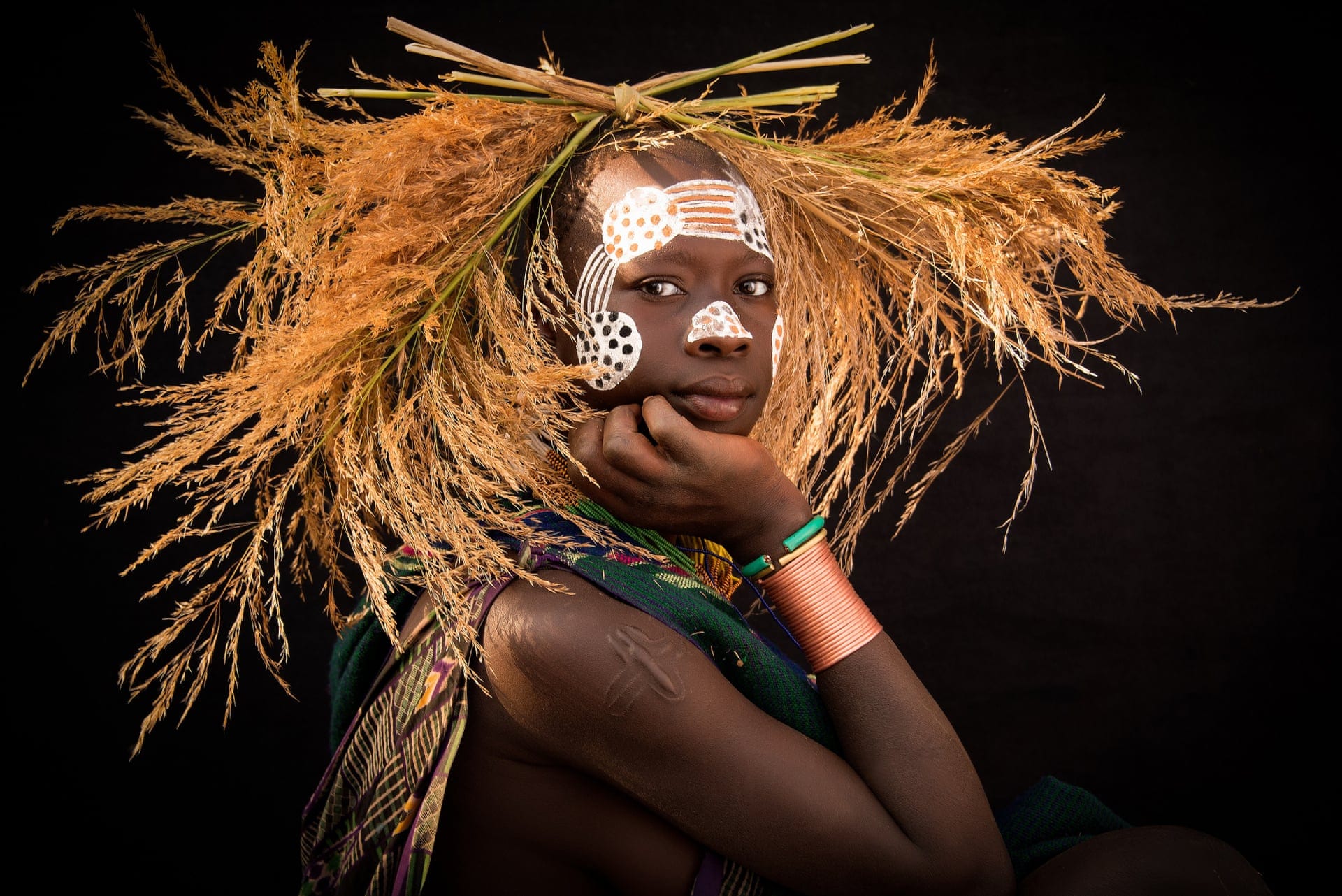

Portrait of Humanity is a unique photography award. Seeking images that capture life across the…
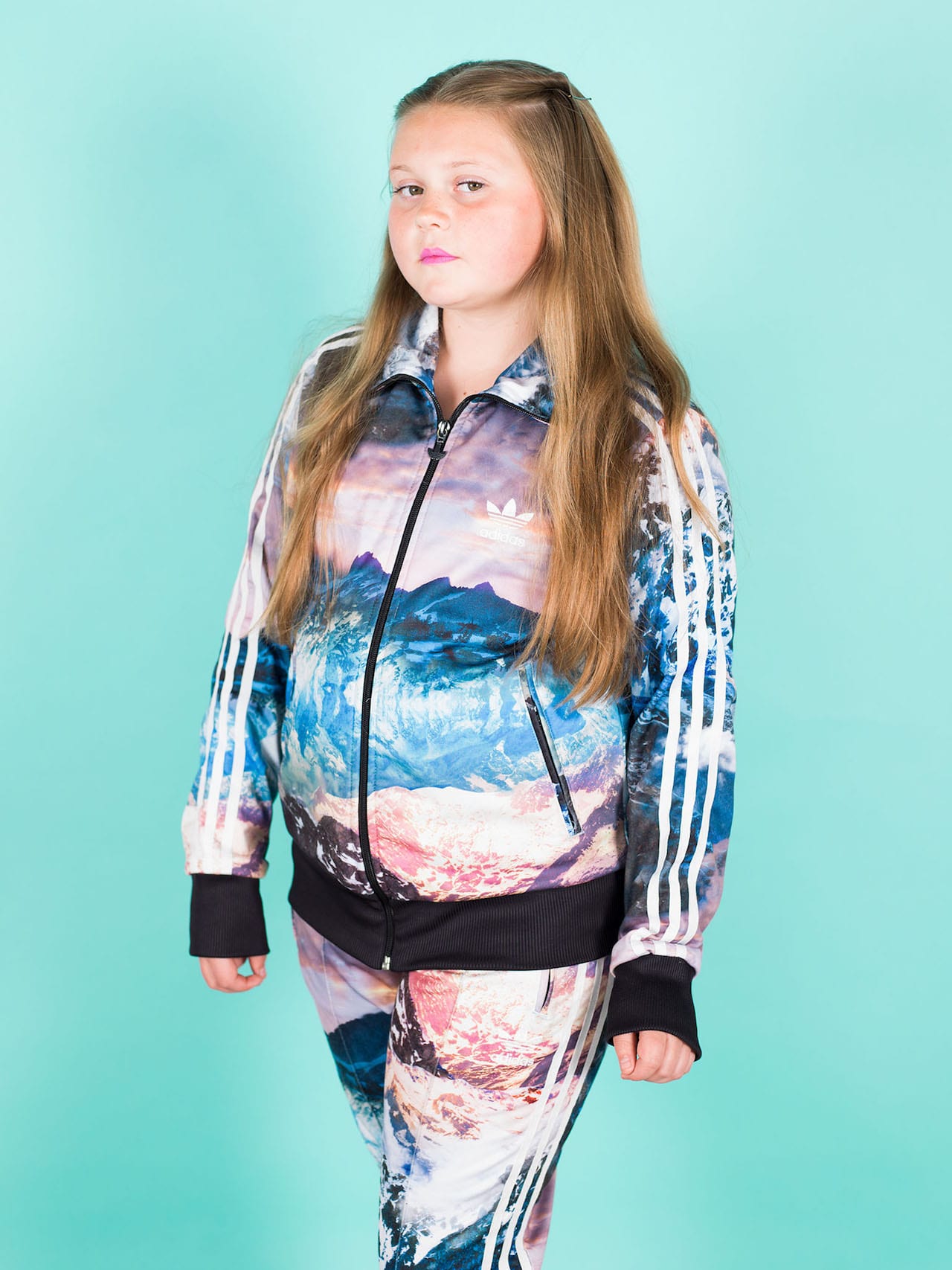
Derby is a small British city but once every two years it hosts a big event – the FORMAT Festival. Directed by the well-respected photography specialist Louise Fedotov-Clements and running since 2004, FORMAT has established a firm reputation for interesting international work, and FORMAT19 looks set to continue the good work with exhibitions spread across both Derby and another neighbouring city, Nottingham. Taking place next spring, FORMAT19 is themed FOREVER/NOW and takes on an interesting contemporary question – the role of documentary photography.
“In 2007, while the photography world was still grappling with the idea of photography as an interpretive, non-narrative, non-representational medium, writer Lucy Soutter wrote about the ‘expressive’ versus the ‘straight’ documentary photograph, insightfully characterising the then two sides of the debate,” runs the FORMAT19 press material.
“Since then photography has grown to encompass many manifestations of the ‘crooked’ image through hybrid forms and visual practises and no longer worries about narrative versus abstraction, expressive versus objective. The new generation of photographic artists rush towards the new, embracing the rapid transformation that technology and cultural exchanges bring to it.”
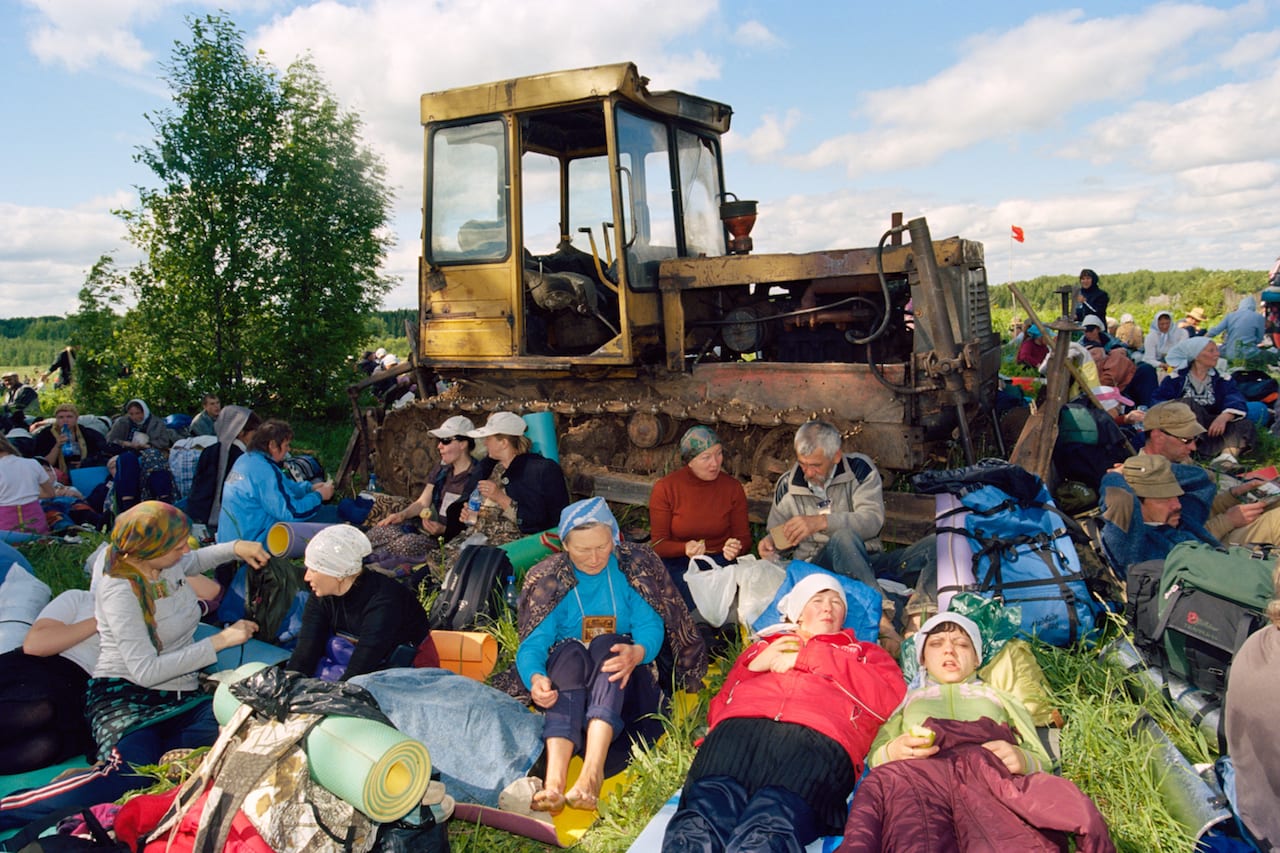
BJP-online Loves the new Russian photography on FotoDepartament’s Attention Hub, the RPS’ list of 100 photographic heroines, Claudio Majorana’s Head of the Lion, John Myers’ Looking at the Overlooked, Feast for the Eyes – The Story of Food in Photography on show at FOAM, Jamie Hawkesworth’s a blue painted fence, and La Vertigine by Federico Clavarino

“It was a moment where I could step out of my ordinary and rather boring existence, and shape it into something different,” says Federico Clavarino, who’s photographs from his foundational years at Blank Paper in Madrid are now published as a book
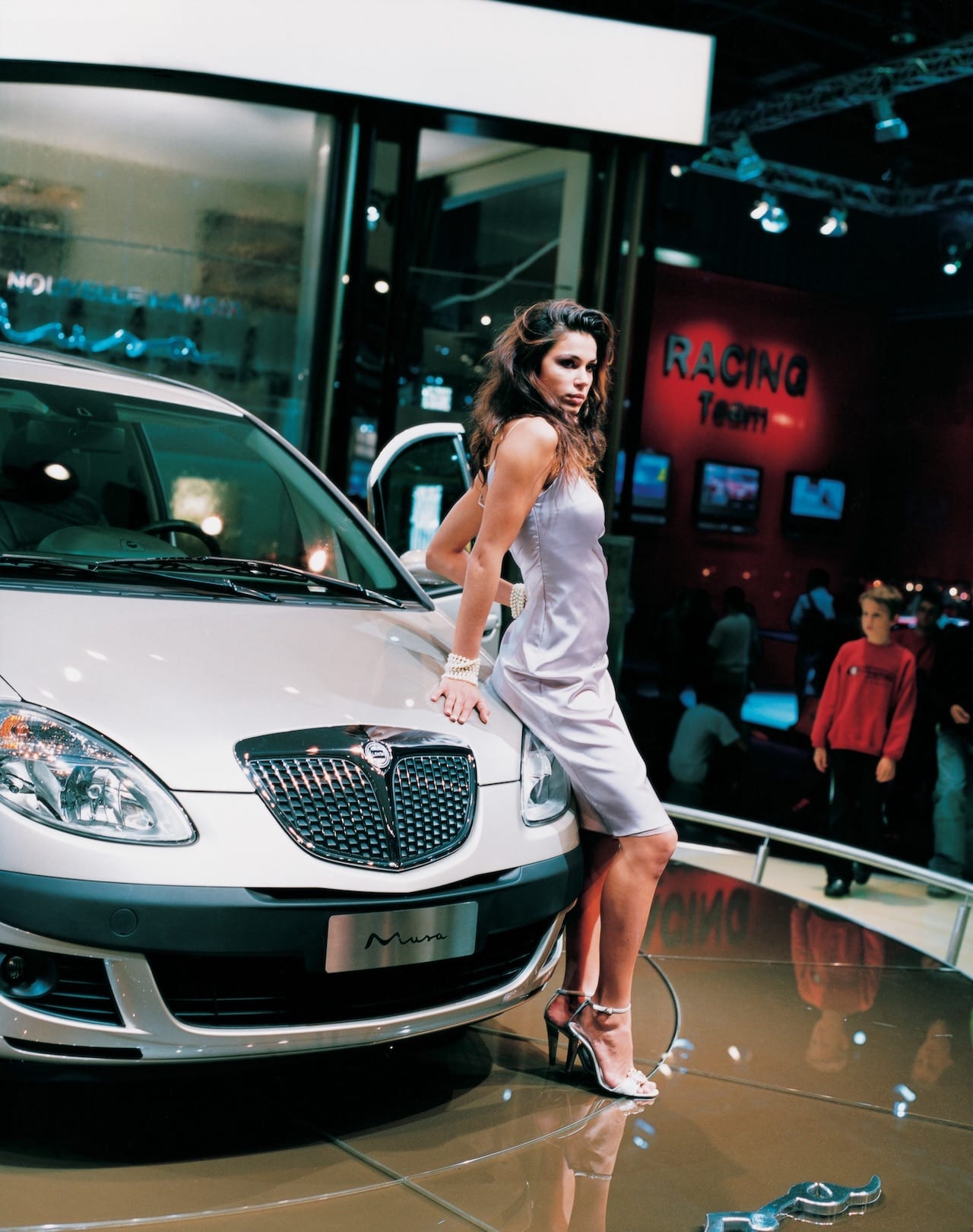
“I was trained as a sculptor, and this was the first time I had used the camera,” wrote Jacqueline Hassink in the Financial Times in 2011, of her breakthrough project The Table of Power. Between 1993 and 1995 Hassink contacted forty of the largest multinational corporations in Europe, asking to photograph their boardrooms. “I wanted to find a table that symbolised modern society’s most important value: economic power,” she writes. Nineteen refused, while the remaining 21, in Britain, the Netherlands, Germany, France, Switzerland and Italy, eventually agreed.
The book was published in 1996; it was the first time that photographs of these places had been made public, and in the spring of 2009, after the global recession, Hassink decided to revisit the boardrooms. With The Table of Power 2, she examined how boardroom design, revenue and employee numbers had changed over the intervening years.
Hassink, who has died aged just 52, was born in Enschede, the Netherlands, on 15 July 1966. She trained to be a sculptor at the Royal Academy of Art in The Hague, and then at the Trondheim Academy of Fine Art in Norway, but after graduating in 1992, presented herself mainly as a photographer, publishing nine books – including another celebrated title, Car Girls, in 2009. It was shot over five years at car shows across seven cities in three different continents, including New York, Paris, Geneva, Tokyo, Detroit, and Shanghai, focusing in on differing cultural standards on ideals of beauty on the women paid to pose with the cars.
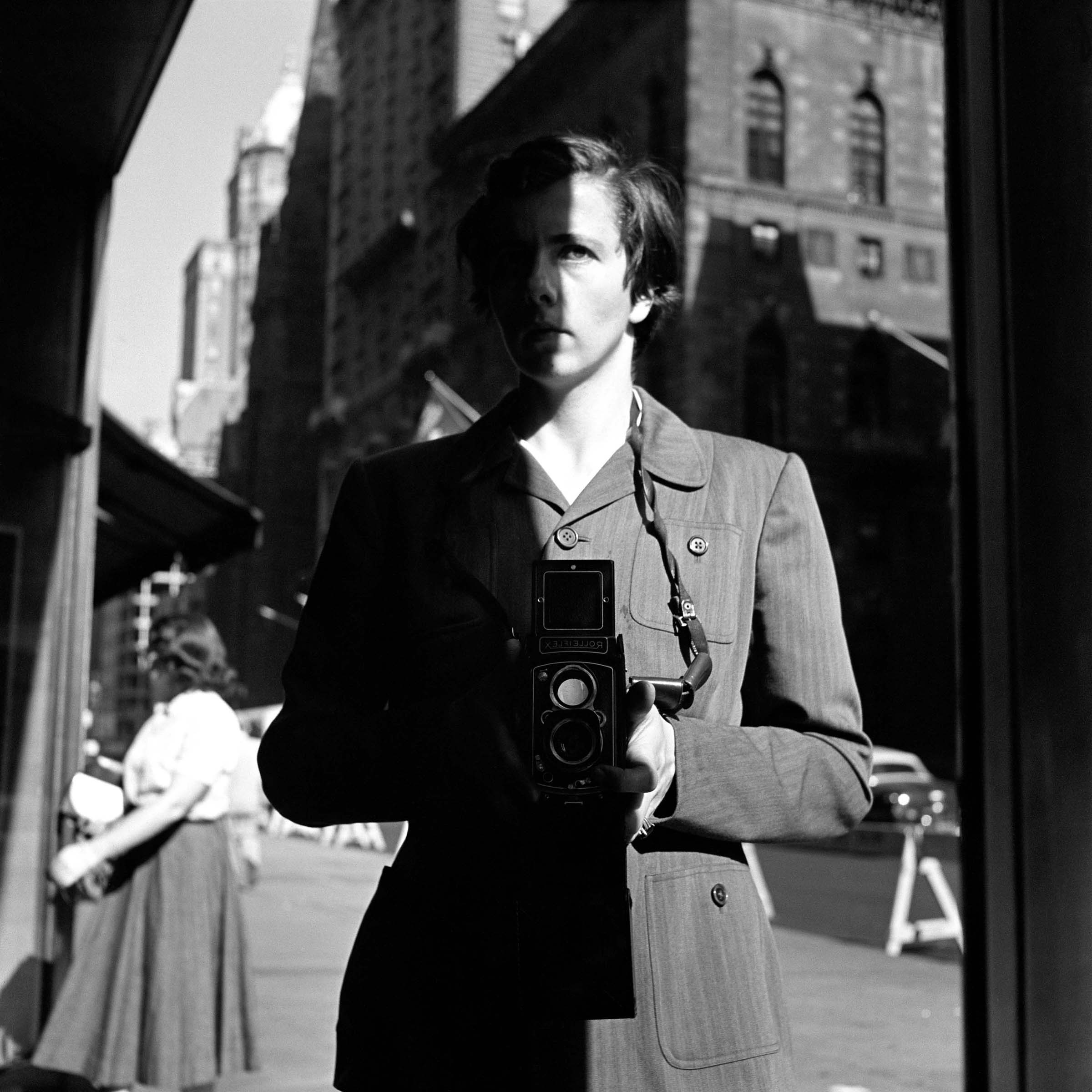
She cradles a Rolleicord camera to her breast, her eyes staring into her reflection. Until recently, the woman behind the camera was unknown, living a quiet life as a nanny in Chicago and dying, alone in a nursing home, in 2009 at the age of 83. When Vivian Maier’s cache of 100,000 images were unearthed, her work was compared with the greats of street photography. A film was made, Finding Vivian Maier, which introduced a new generation to her work. But Maier herself was the draw; who, exactly, was the mysterious French nanny? What drove her relentless imagery, and why did she keep it so resolutely hidden?
Maier was a private but eccentric Mary Poppins-like figure, who spoke with a delicate French trill and was never without her medium format camera. She took thousands of photographs from the 1950s to 70s, but squirrelled them away in a room she forbade anyone to enter. She was poor, and in 2007 her possessions were auctioned off to recoup her debts – her archive of photographs among them. John Maloof, an estate agent and president of his local history society, discovered them at an auction and took a punt, hoping to find images for a book he was writing on the Portage Park area of Chicago. He found nothing relevant, and put the whole lot into storage for two years.

Now in its second year, the PHmuseum Women Photographer Grant has a simple premise – to recognise and award world-class photographers, who also happen to be women. Judged this year by a prestigious panel including Magnum photographer Alessandra Sanguinetti and The Photographers’ Gallery senior curator Karen McQuaid, the Grant has two main sections – The Women Photographer Grant and the New Generation Prize for those under 30 years of age. BJP takes a look at those who have made the shortlist.
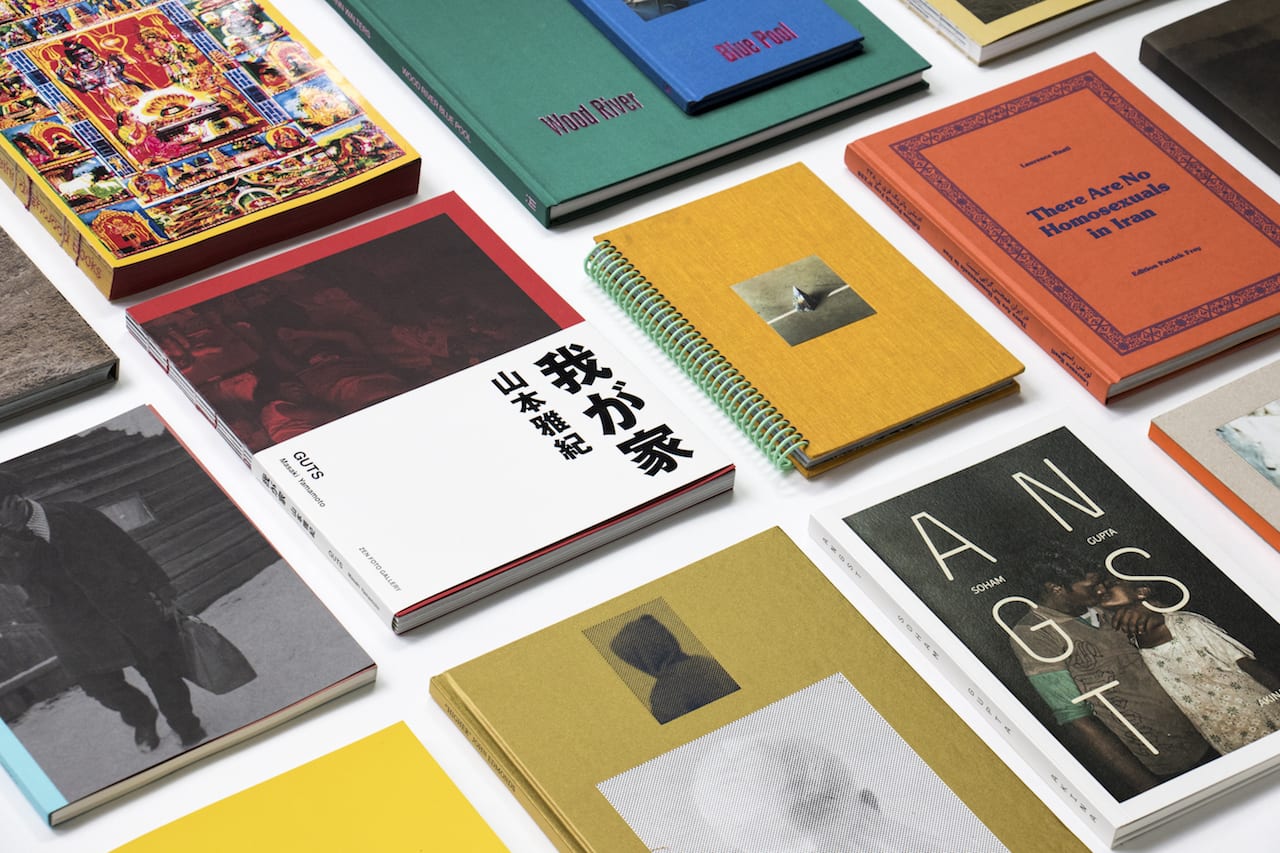
Laia Abril, Nina Berman, Sohrab Hura, and Carmen Winant are all in the running for the prestigious Paris Photo/Aperture Foundation Photobook of the Year Award, which will be announced on 09 November at Paris Photo.
In total ten books have been shortlisted for the award; in addition, 20 books have been shortlisted for the First Photobook, and five for the Photography Catalogue of the Year. All the shortlisted books will go on show at Paris Photo and at the Aperture Foundation in New York, then tour to various venues across Europe, as well as being featured in the Autumn 2018 issue of The Photobook Review. In addition the Photobook of the Year winner will receive $10,000.
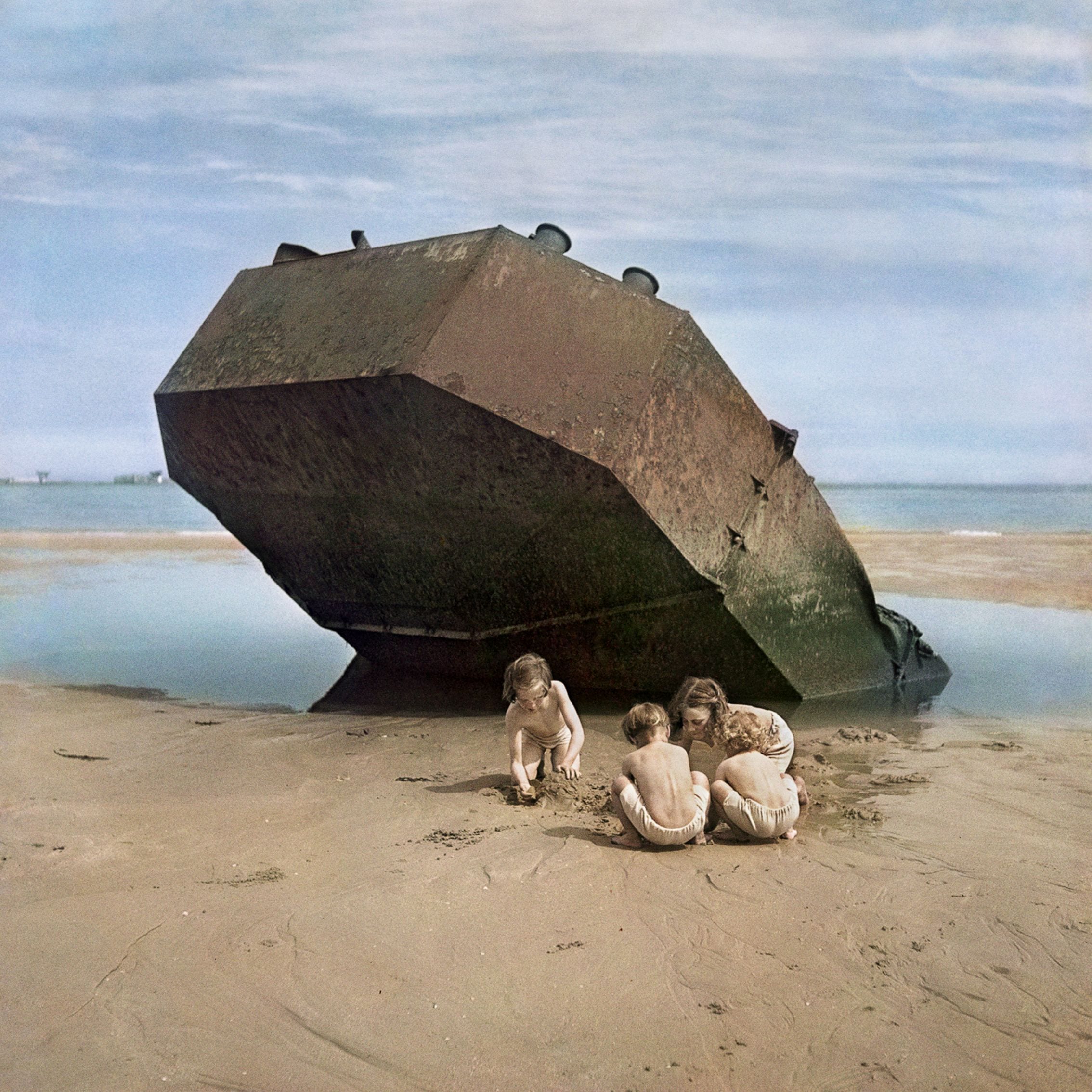
Though he co-founded Magnum Photos with Robert Capa, Henri Cartier-Bresson, and George Rodger and though – like them – he was one of the great documentary photographers of the 20th century, David ‘Chim’ Seymour is less famous than his colleagues. But this winter, a large retrospective in Amsterdam looks set to change all that.
Chim [pronounced “Shim’] acquired his nickname from his surname, because he was born Dawid Szymin in Warsaw, Poland, in 1911. His family was Jewish, and his parents were respected publishers of Yiddish and Hebrew Books; Chim and his parents left Warsaw for Odessa as World War One broke out in 1914, returning to Warsaw in 1919. Chim studied printing in Leipzig, then chemistry and physics at the Sorbonne in Paris, but got into photography while in France and started working as a freelance journalist in 1933. His first credited photograph was published in 1934 in the French communist magazine Regards.
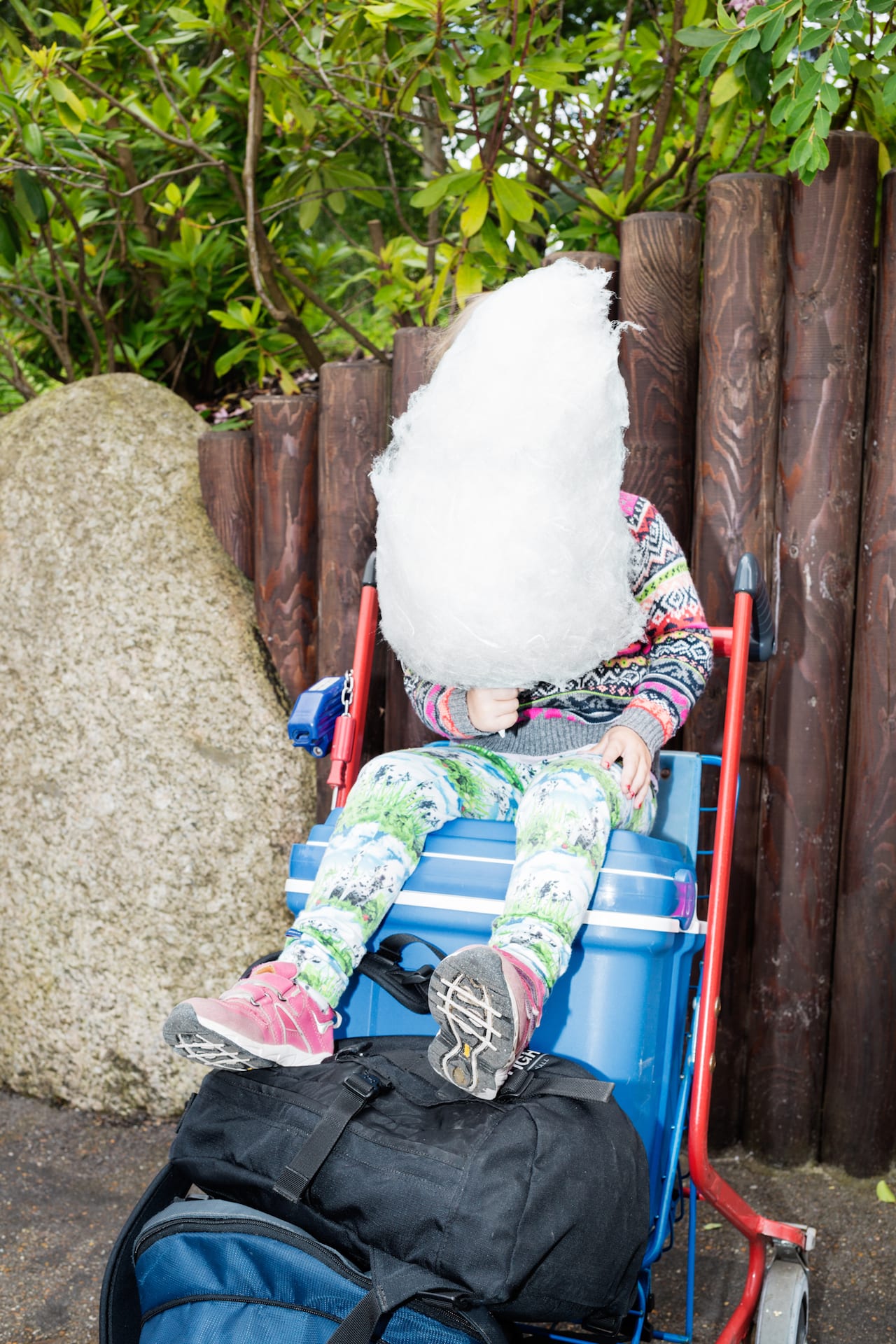
In the yearly World Happiness Report, Denmark, along with its Nordic neighbours, continuously ranks in the top three spots. But what is it about the Danes that makes them so happy? “After three years, I still don’t really have an answer,” says Giulia Mangione, whose new book, Halfway Mountain, seeks to uncover this very question. Mangione started the project in 2014, as part of a photography course she was taking in at the prestigious Danish School of Media and Journalism. Her experience as assistant photo editor at Calvert Journal and interning at MACK Books had helped her “develop a taste for documentary photography” and photobooks, she says, and, after showing a dummy of her project to Corinne Noordenbos – a celebrated educator and former tutor of contemporary photographers such as Rob Hornstra and Viviane Sassen – she decided to expand on it.